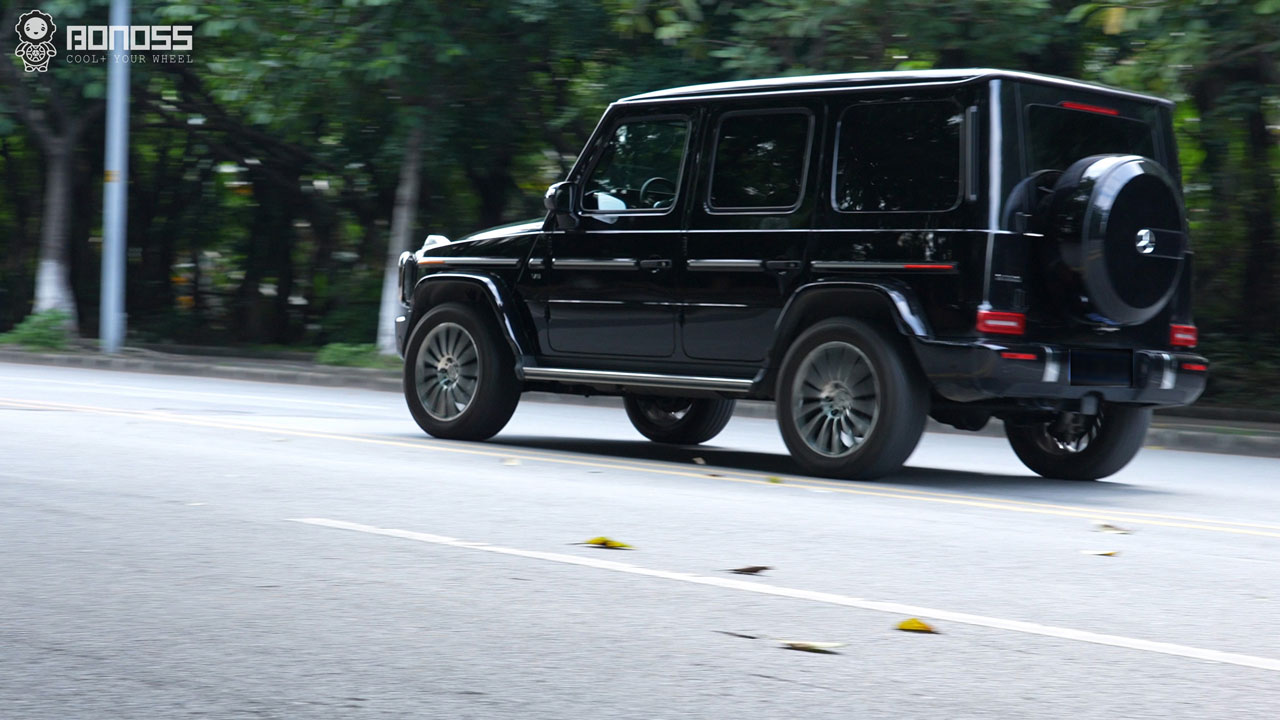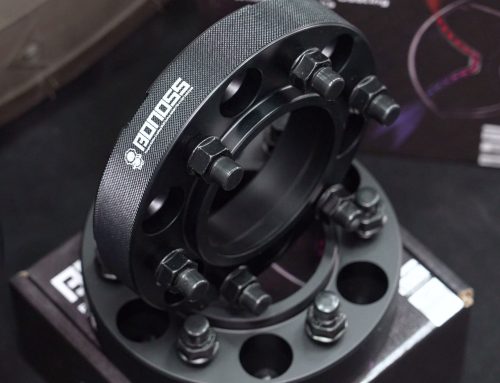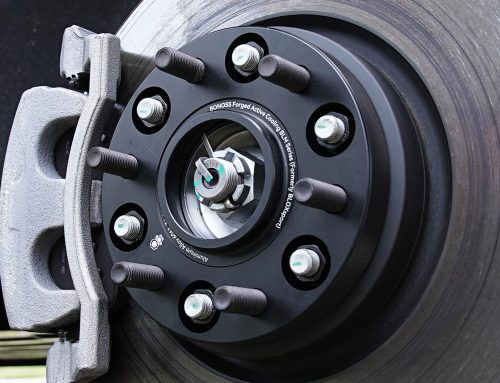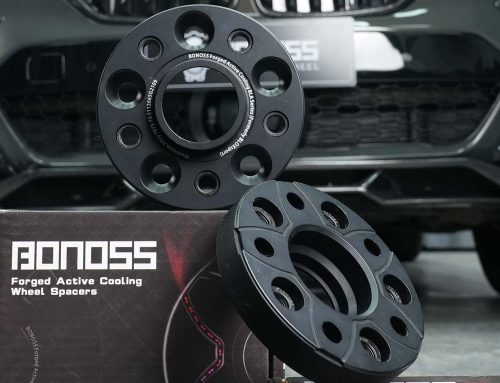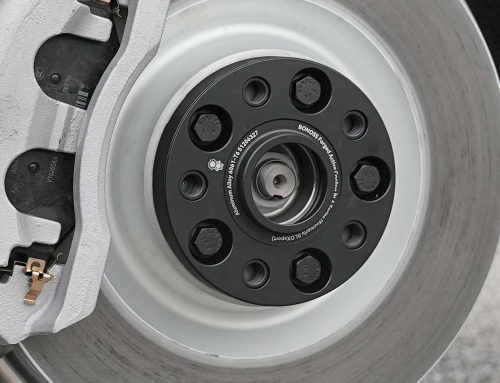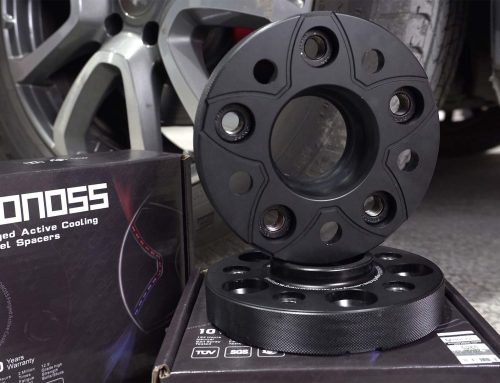Yes, you can run different size wheel spacers with no problems. For most cars, there is a difference in the track width between the front and the rear. Sometimes, the front track is wider than the rear; sometimes the other way around. However, some people prefer a flush look. In this case, you can put on some wheel spacers to bring the wheels a bit more flush with the fenders.
When the rims and tires are not ideal for the vehicle’s original design, you would need wheel spacers. Spacers will move your wheels outwards from the corresponding vehicle hubs. This increases the track width. A wider front track helps keep the car more stable, hence improving the handling when taking a corner. Since every vehicle is different, you may need to do some measurements to determine what sizes of wheel spacers are perfect.
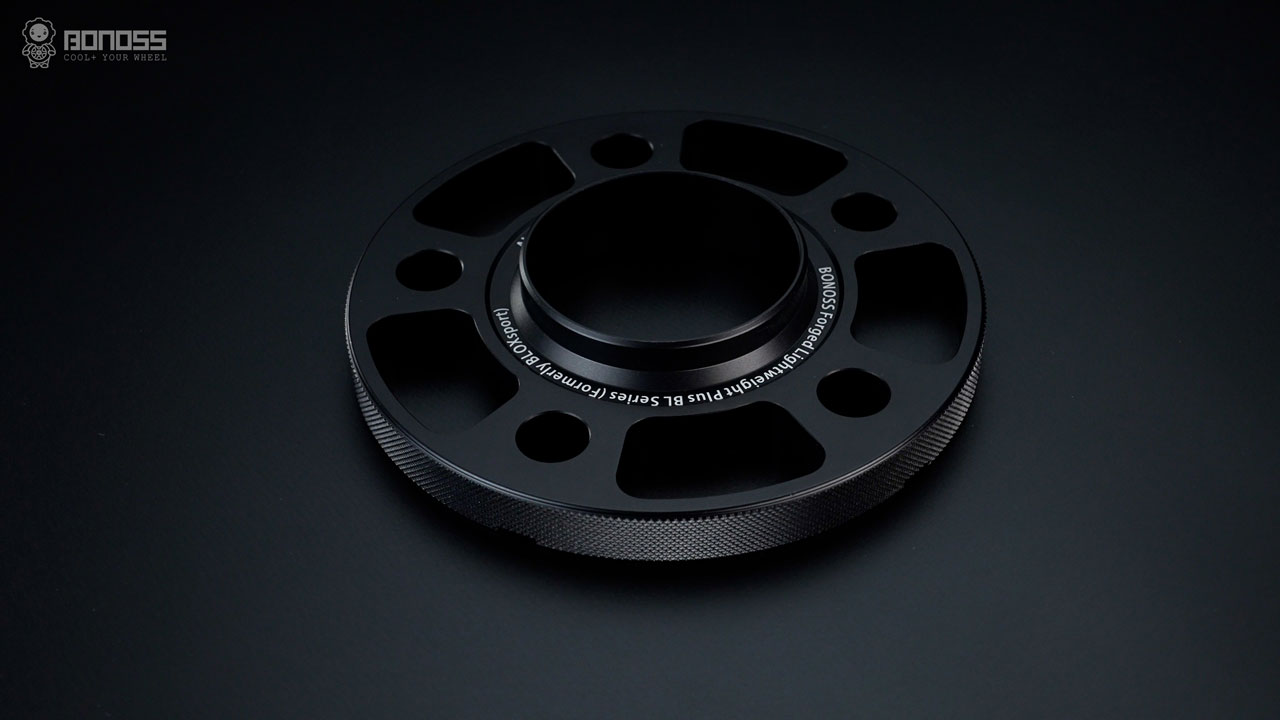
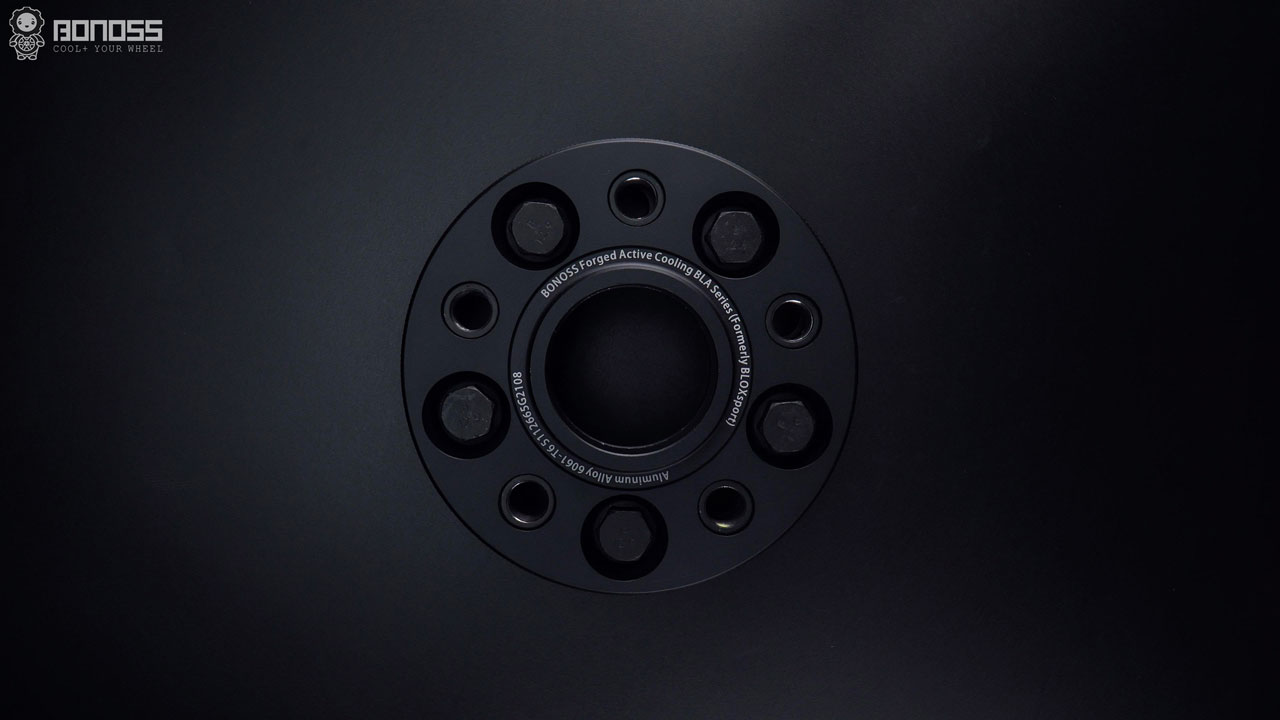
What Sizes of Wheel Spacers Should I Use?
Choosing a proper set of wheel spacers is good to prevent any damage to wheel, steering or body components on your vehicle. You can get wheel spacers that are only 3mm thick, all the way up to ones that are 50mm thick. It all depends on how much wheel gap you have. To measure the wheel gap, use a straightedge to measure from the fender lip to the outer edge of your wheel.
As a rule of thumb, wheel spacers up to and including 12mm will not cause rubbing issues. If you get new aftermarket wheels, you have to take wheel offset into consideration. Offset refers to how far in or out a wheel mounts on the hub. Simply put, a 20mm wheel spacer will reduce 20mm offset. Use the wheel offset to subtract the final offset you want, then the result is the perfect thickness of your wheel spacers.
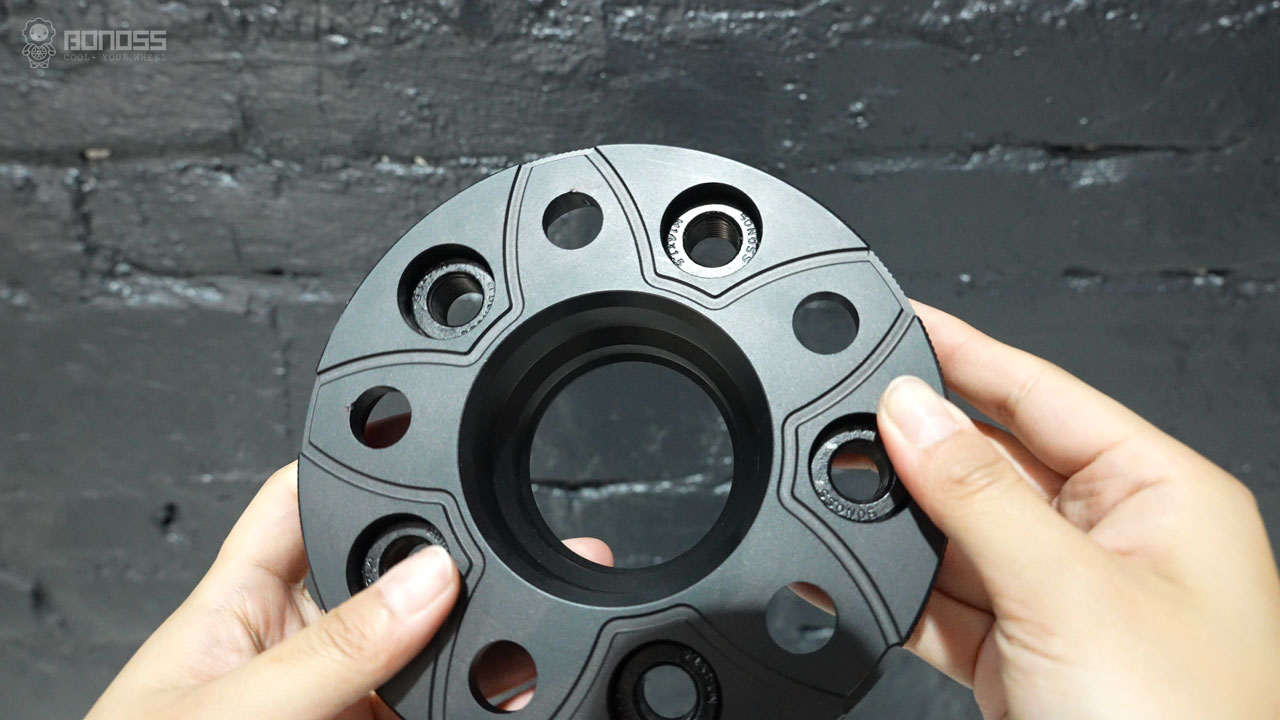
What Are Bolt-on Wheel Spacers and Slip-on Spacers?
There are different wheel spacers: bolt-on types and slip-on types. The bolt-on types come with wheel bolts. They are bolted to the vehicle hubs and following the wheels are secured on the spacers with stock lug bolts. This allows you to achieve a full thread engagement without using longer bolts. Because of this structure, they are usually thick in size, like 15mm, 25mm, or even 45mm.
On the other hand, slip-on spacers simply slide over the vehicle hub, secured by a set of new longer wheel bolts. In fact, they are primarily made for vehicles that use wheel bolts rather than lug nuts. If the perfect thickness you need is around 3mm to 20mm, it is recommended to use slip-on wheel spacers. Some slip-on spacers are designed to be lighter for weight savings. This is good for performance enhancement.
